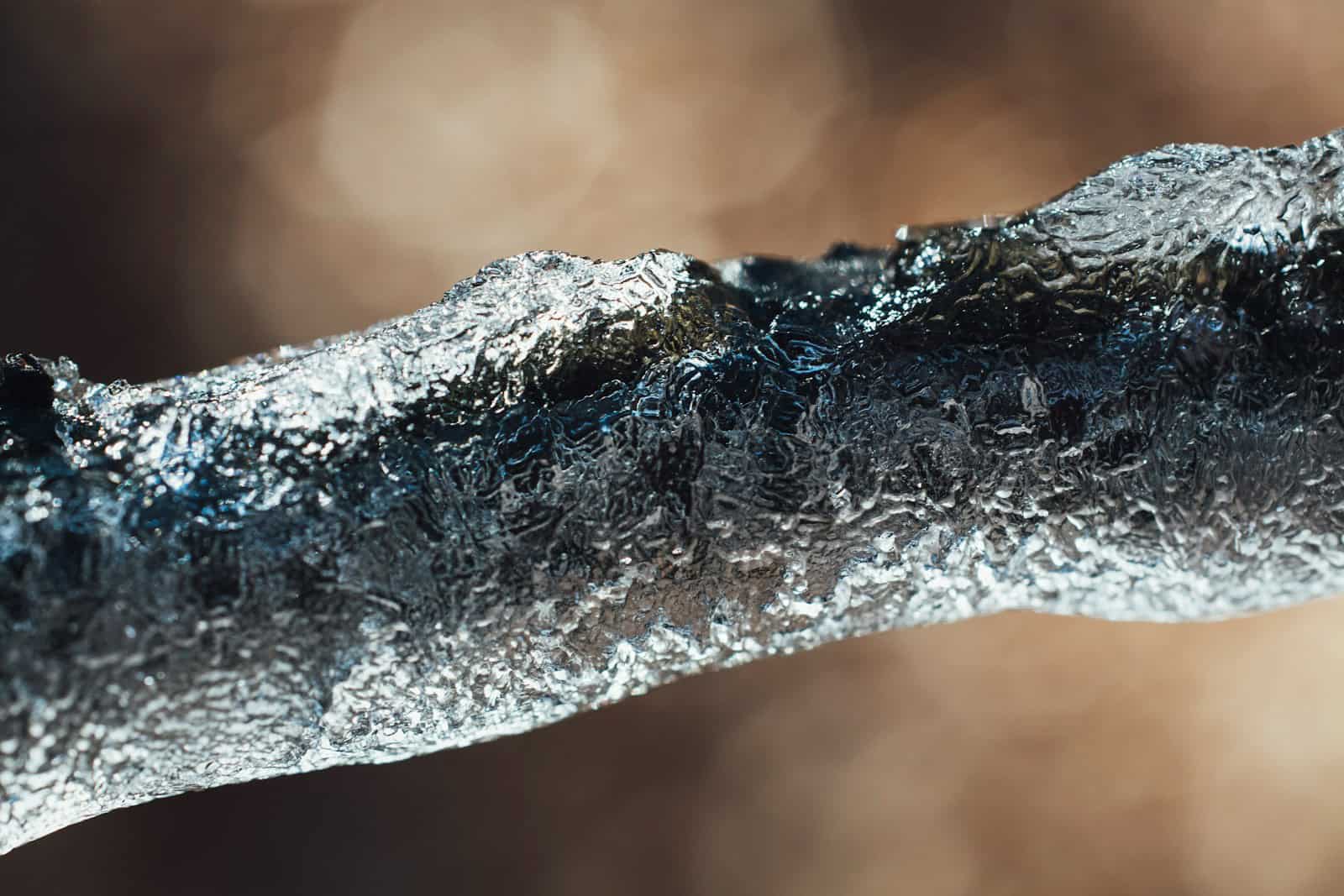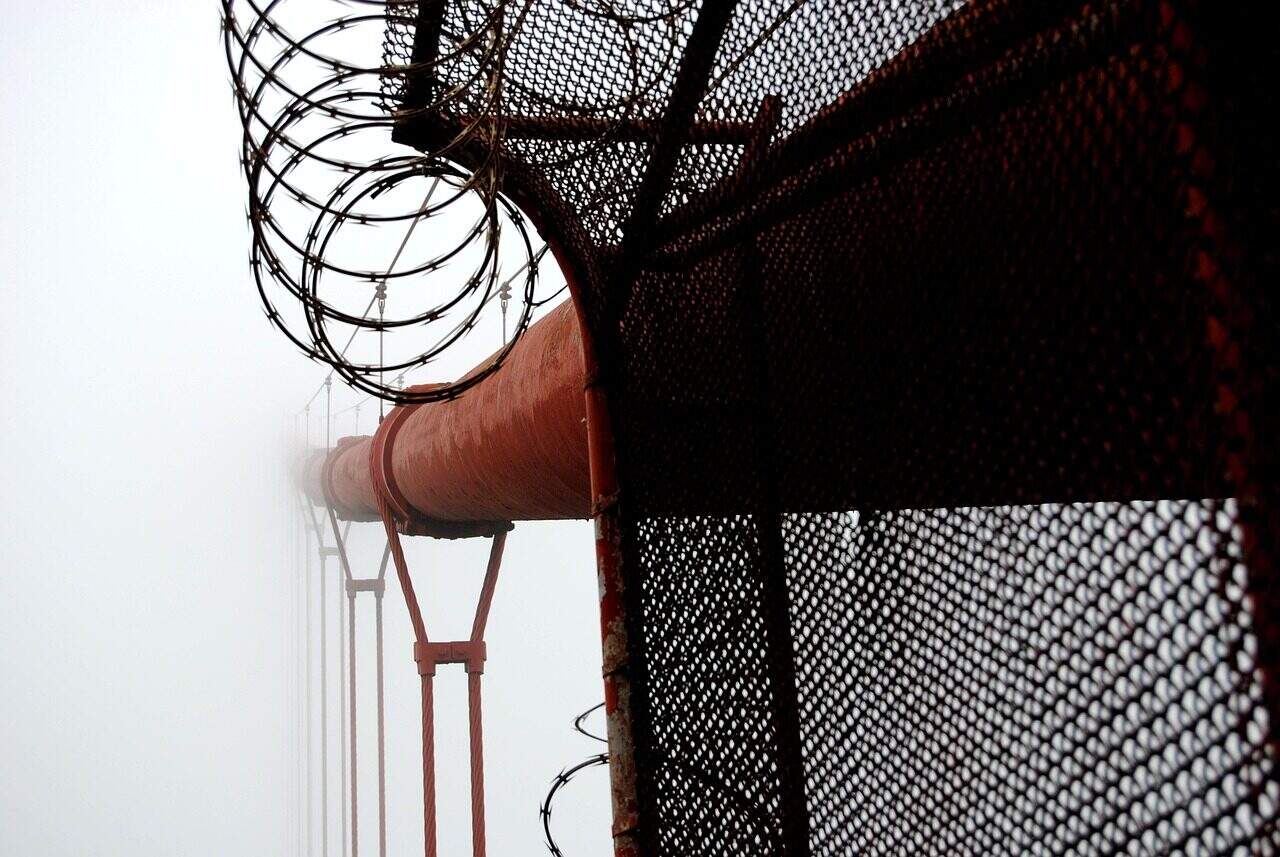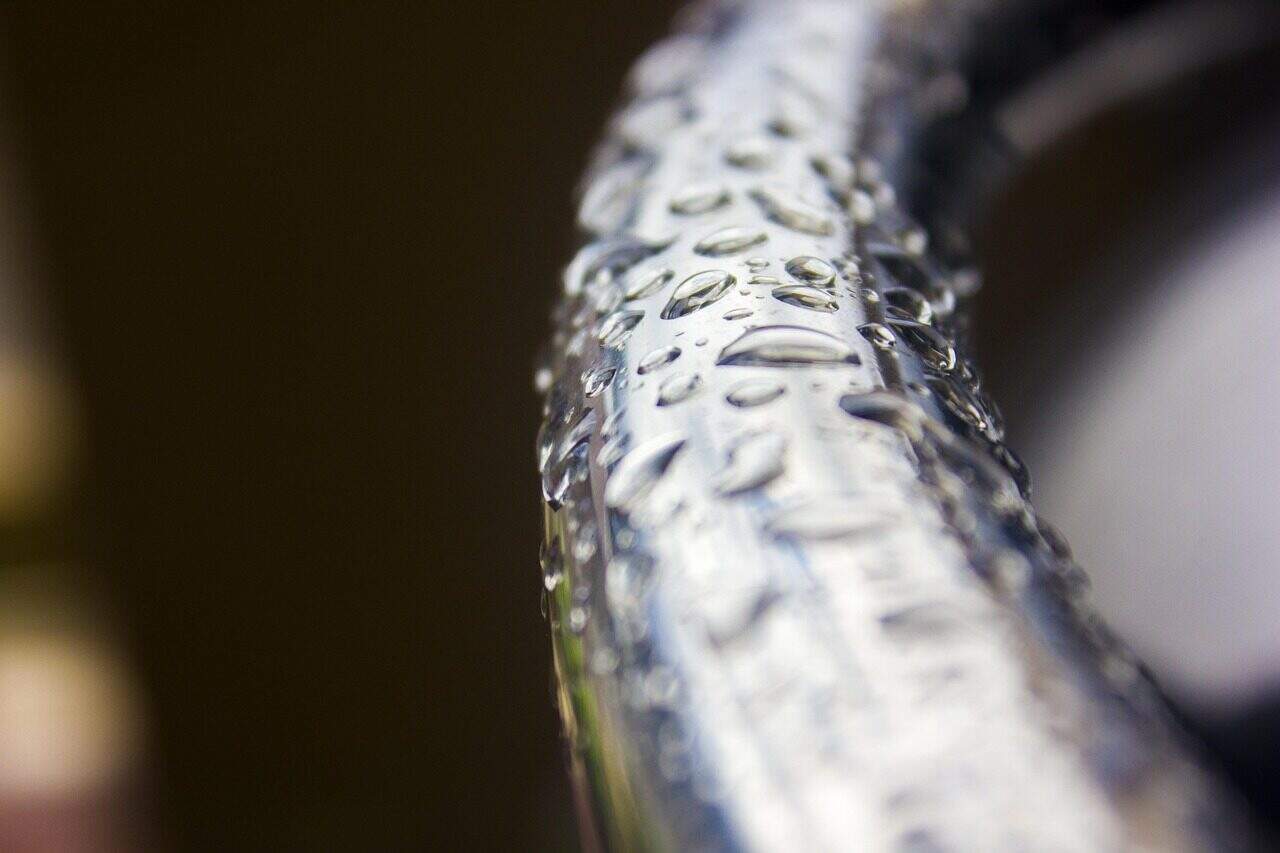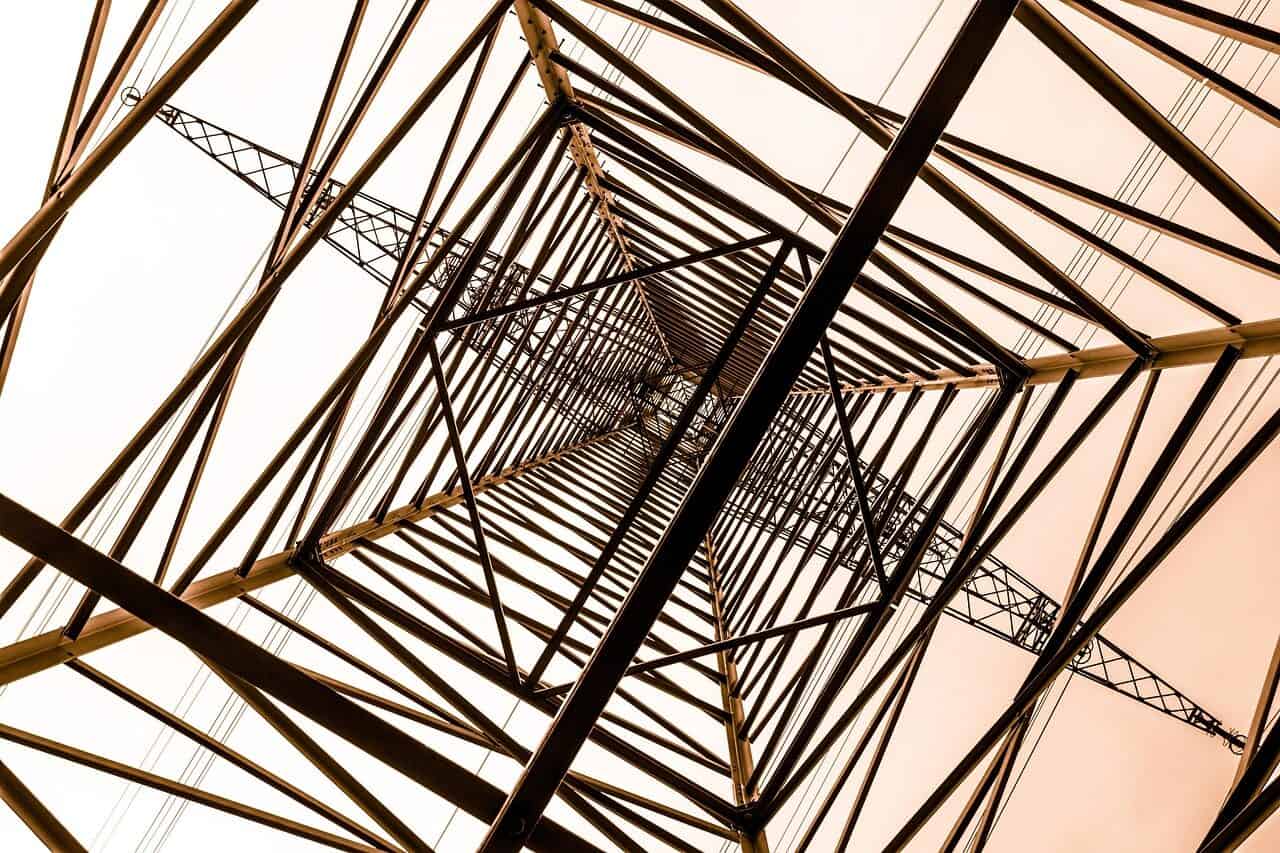The Science of Strength: Understanding Cold Heading Steel
Cold heading steel, often called CHS, isn’t just one type of steel. It’s actually a special group of steels designed for one of the toughest manufacturing jobs: reshaping metal at room temperature using high speed and extreme pressure. This process, called cold heading or cold forming, takes a simple wire or bar and turns it into complex parts like bolts, screws, or rivets without heating the metal first. This article will explain the science behind how these amazing materials work. We’ll look at what they’re made of, how their structure affects their performance, and why they can be completely reshaped without breaking. By the end, you’ll understand not just what these steels are, but exactly how and why they work so well.
The Main Idea
Cold heading steel engineering is built on something called plastic deformation. In metal science, this means permanently changing a material’s shape when you apply enough force to push it past its elastic limit. Unlike brittle materials that shatter suddenly, plastic deformation lets the material flow and take the shape of a mold. The amazing thing about cold heading steel is its unique mix of properties that make this extreme reshaping possible. The matière première must be soft and bendable enough to handle the huge pressures and rapid shape changes inside the forming machine.
However, a soft starting material doesn’t make a strong final part. This is where the second important process, work hardening (also called strain hardening), comes in. As the steel gets deformed, its internal crystal structure becomes twisted and tangled, making it gradually harder and stronger. The brilliance of CHS is its low starting hardness and high bendability, which allow complex shaping, combined with a strong ability to work harden, which ensures the finished fastener or part gets the required final strength and durability. Think of it like shaping soft, moldable clay into the form you want, which then becomes hard and durable after being fired in a kiln. For steel, the “firing” is the deformation process itself.
Any successful cold forming operation depends on the steel having two basic characteristics:
- High Bendability & Low Starting Hardness: This is essential to allow for detailed and severe shaping operations without starting cracks or breaks.
- High Work Hardening Rate: This ensures that the material gains significant strength during the forming process, meeting the final mechanical property requirements of the application.

The Recipe for Performance
The unique properties of cold heading steel aren’t accidental; they’re carefully engineered through precise control of its chemical “recipe.” Every element in the steel’s makeup is selected and controlled to a specific percentage to influence how it behaves during forming and its final performance in use. Understanding what each element does is critical for reading material specifications and choosing the best grade for a specific job.
Carbon (C)
Carbon is the main and most cost-effective hardening agent in steel. It directly affects the material’s basic strength and hardness. However, for cold heading applications, carbon content requires careful balance. Too much carbon forms hard iron carbides (cementite) that drastically reduce bendability and make the steel likely to crack during forming. For this reason, most common CHS grades keep carbon content relatively low, typically below 0.25%, to ensure the material has enough formability for complex heading operations.
Manganese (Mn)
Manganese is a versatile and essential contributor to CHS properties. It serves two purposes. First, it acts as a deoxidizer during steelmaking, removing harmful oxygen and improving the internal cleanliness of the steel. Second, it contributes to strength and, importantly, increases the work hardening rate. This means steel with higher manganese will gain strength more quickly during deformation. It also improves toughness by refining the grain structure. The balance of manganese is crucial; too much can make the steel too hard to form, while too little can compromise final strength.
Silicon (Si)
The main function of silicon in most CHS grades is deoxidation. During steelmaking, it’s used to “kill” the steel, meaning it removes dissolved oxygen to prevent porosity and ensure a sound internal structure. While its primary role isn’t as a strengthening alloy in low-carbon CHS, it does have a mild solid-solution strengthening effect on the ferrite matrix, which can slightly increase the initial hardness of the material. For this reason, silicon content is often kept to a minimum in grades intended for the most severe cold forming applications.
Boron (B)
Boron is a powerful “supercharger” for hardenability, and its use represents a significant advance in CHS technology. When added in extremely small, precisely controlled amounts (often in the range of 0.0005% to 0.003%), boron has a dramatic effect. It moves to the austenite grain boundaries during traitement thermique, significantly increasing the steel’s ability to be hardened through quenching. This allows for the use of lower carbon content (e.g., in grades like 10B21 and 15B25) while still achieving the high strength of a medium-carbon steel after heat treatment. This is the key to producing high-strength, heat-treatable fasteners that are still formable in their as-supplied condition.
Other Key Elements
For more demanding applications requiring higher strength, superior toughness, or better performance at high temperatures, other alloying elements are introduced. Chromium (Cr) increases hardenability and corrosion resistance. Molybdenum (Mo) enhances strength, toughness, and resistance to temper brittleness. Vanadium (V) is a strong carbide former that refines grain size and significantly increases strength, though it can reduce formability if not properly controlled. These elements are typically found in specialized alloy CHS grades.
| Element | Typical Range (%) | Primary Function in CHS | Impact on Formability/Strength |
| Carbon (C) | 0.08 – 0.25 | Primary determinant of baseline hardness and strength. | Higher C increases strength but significantly reduces ductility and formability. |
| Manganese (Mn) | 0.60 – 1.20 | Increases strength, toughness, and work hardening rate; deoxidizer. | Increases strength gain during forming; excess can reduce initial formability. |
| Silicon (Si) | < 0.10 | Primary deoxidizer (“killing” agent). | Mildly increases strength and hardness; kept low for maximum formability. |
| Boron (B) | 0.0005 – 0.003 | Dramatically increases hardenability for heat treatment. | Allows lower carbon for good formability while enabling high strength after heat treatment. |
| Chromium (Cr) | 0.20 – 1.20 | Increases hardenability, strength, and wear resistance. | Used in alloy grades; reduces formability compared to plain carbon steels. |
The Heart of Performance
While chemical composition provides the blueprint, it’s the material’s microstructure—the physical arrangement of its parts—that determines its actual mechanical behavior. Steel with perfect chemistry can still fail catastrophically in a cold heading machine if it doesn’t have the correct microstructure. This is arguably the most critical and often overlooked aspect of CHS performance.

Standard Steel Microstructures
Standard low-carbon steel, as it comes from the hot rolling mill, typically has a microstructure consisting of two phases: ferrite and pearlite. Ferrite is a soft, bendable phase of pure iron. Pearlite, however, is a composite structure made of alternating layers (thin plates) of soft ferrite and a very hard, brittle compound called cementite (iron carbide). During cold forming, these hard, plate-like cementite structures act as internal stress concentrators. They resist deformation and can easily start micro-cracks, which then spread through the material, leading to failure. This layered pearlite structure is the primary enemy of good formability.
The Spheroidized Annealing Solution
To overcome the problem of pearlite, cold heading steel undergoes a critical processus de traitement thermique called spheroidized annealing. This involves heating the steel to a temperature just below its lower transformation temperature (the A1 line, around 727°C or 1340°F) and holding it there for an extended period, followed by very slow cooling. During this long soak, the layered cementite plates within the pearlite break apart and, through diffusion, reform into small, separate, spherical particles. The final microstructure consists of these rounded cementite “spheroids” distributed uniformly throughout the continuous, soft ferrite matrix.
This spheroidized structure is ideal for cold forming. The hard but spherical cementite particles offer minimal resistance to the flow of the surrounding soft ferrite. During deformation, the bendable ferrite matrix can easily move and flow around these “ball bearings,” allowing the material to undergo extreme changes in shape without building up localized stress concentrations that would lead to cracking. This can be visualized as the difference between a river filled with sharp, jagged rocks (layered pearlite) that obstruct flow and a container of grease filled with ball bearings (spheroidized structure) that move easily past one another.
The Importance of Grain Size
The final piece of the microstructural puzzle is grain size. The individual crystals of ferrite in the steel are known as grains. The size and uniformity of these grains have a profound impact on mechanical properties, a relationship described by the Hall-Petch equation. A fine, uniform grain structure is highly desirable for CHS. Smaller grains result in more grain boundaries, which act as barriers to dislocation movement, thereby increasing both the strength and the toughness of the steel. Steel manufacturers use carefully controlled rolling and annealing practices to achieve the fine, equiaxed grain structure that provides the optimal balance of properties for cold heading.

A Deep Look at Properties
The combination of controlled chemistry and optimized microstructure results in a specific and measurable set of mechanical properties. These properties are what engineers use to specify, test, and certify a batch of steel for a particular cold heading application. Understanding these properties from the perspective of a forming operation is key to bridging the gap between material science and manufacturing reality.
Key Mechanical Properties
- Tensile Strength & Yield Strength: Tensile strength is the maximum stress a material can withstand while being stretched or pulled before necking begins. Yield strength is the stress at which the material begins to deform plastically. For CHS, a low yield strength is desirable to start forming with less force, while a large gap between yield and tensile strength (a low yield-to-tensile ratio) indicates a large uniform deformation range, which is crucial for good formability.
- Bendability (Elongation & Reduction of Area): These are the most direct measures of a material’s ability to deform without breaking. Elongation is the percentage increase in length a tensile specimen undergoes before breaking. Reduction of Area is the percentage decrease in the cross-sectional area at the point of fracture. For CHS, high values for both are absolutely essential, with Reduction of Area often considered the more critical indicator for severe heading operations.
- Hardness (Rockwell B): Hardness is a measure of a material’s resistance to localized plastic deformation, such as indentation or scratching. It’s tested using a machine that presses a specific indenter into the material’s surface. For CHS, a low initial hardness (typically measured on the Rockwell B scale, or HRB) is a primary requirement, as it directly correlates with the material’s softness and ease of forming.
- Work Hardening Exponent (n-value): This is a more advanced but highly valuable property. The n-value is a measure of how quickly a material strengthens as it’s plastically deformed. It’s derived from the true stress-strain curve. A higher n-value indicates that the material will distribute strain more uniformly and resist localized necking, which is highly beneficial in complex forming operations. Steels with a higher n-value can often be formed into more complex shapes before failure.
| Grade | Brief Description/Use Case | Typical C % | Tensile Strength (ksi) | Yield Strength (ksi) | Elongation (%) | Hardness (HRB) |
| AISI 1010 | A low-carbon steel for simple, less critical fasteners like small screws and rivets. Very high formability. | 0.08 – 0.13 | 45 – 60 | 30 – 45 | 35 – 45 | 60 – 75 |
| AISI 1022 | A versatile grade with slightly higher carbon for improved strength. Used for a wide range of standard bolts and screws. | 0.18 – 0.23 | 55 – 70 | 40 – 55 | 30 – 40 | 70 – 85 |
| 10B21 | A boron-alloyed, low-carbon steel designed for heat treatment. Used for high-strength fasteners (e.g., Grade 8.8, 10.9). | 0.18 – 0.23 | 60 – 75 | 45 – 60 | 28 – 38 | 75 – 88 |
| AISI 1541 | A medium-carbon, high-manganese steel for high-strength applications, often requiring heat treatment. | 0.36 – 0.44 | 75 – 90 | 55 – 70 | 20 – 30 | 85 – 95 |
*Note: Properties are typical for spheroidized annealed condition and can vary based on supplier and specific processing.*

Technical Problem Solving
When a cold heading process fails, it’s often a sign of a mismatch between the material’s properties and the demands of the forming process. Experienced metallurgists and process engineers learn to diagnose these failures by examining the defect and tracing it back to a potential root cause in the material. This section provides a practical guide to linking common manufacturing defects to the underlying metallurgical principles.
A frequent and telling defect is head cracking, which often shows up as radial cracks extending from the center or edge of the fastener head. These are classic bendability failures. Metallurgically, this points directly to insufficient or improper spheroidization. If microscopic examination reveals remnants of layered pearlite instead of fully formed spheroids, the material simply didn’t have the required softness to flow correctly into the head die. The solution is to specify a higher degree of spheroidization from the steel supplier.
Another common issue is shear cracking. These defects often appear as clean, 45-degree fractures originating from the cut-off end of the blank. This indicates the material was not bendable enough to withstand the initial high-strain-rate shearing force before the heading operation even began. This can be caused by a work hardening rate that’s too high for the process or a carbon/manganese level at the high end of the specification. Selecting a grade with a slightly lower carbon content or a more restricted manganese range can often resolve this.
Incomplete die fill, where the material fails to flow into the sharp corners of the die cavity, is a flowability problem. This can be caused by the material’s yield strength being too high or its work hardening rate being too rapid. The steel stiffens too quickly, preventing it from fully conforming to the die shape. The solution may involve switching to a lower-carbon grade or ensuring the material is supplied with the lowest possible initial hardness.
| Défaut | Description visuelle | Potential Metallurgical Causes | Recommended Material Adjustments |
| Head Cracking | Radial cracks on the top or circumferential cracks at the head-shank fillet. | Insufficient spheroidization (residual pearlite); Carbon/Manganese too high; Excessive non-metallic inclusions. | Specify a higher degree of spheroidization (e.g., >95%); Select a lower carbon grade; Specify cleaner, vacuum-degassed steel. |
| Shear Cracks | Clean, 45-degree angle cracks originating from the cut-off face of the blank. | Material work hardening rate is too high; Low ductility (poor Reduction of Area); Surface seams in the raw wire. | Select a grade with a lower work hardening exponent (n-value); Specify a higher minimum Reduction of Area; Request eddy current testing of raw material for seams. |
| Laps / Folds | Irregular, linear imperfections on the surface where metal has folded over on itself but not fused. | Poor material flow characteristics; High friction between material and tooling. | Ensure a fully spheroidized microstructure for optimal flow; Consult with supplier for a grade with better surface quality or a specific coating. |
| Incomplete Die Fill | Rounded corners or unfilled sections in the final part, especially in complex geometries. | Yield strength too high; Rapid work hardening; Inconsistent material properties from coil to coil. | Select a grade with a lower yield-to-tensile ratio; Specify a grade with a lower n-value; Work with a supplier that can guarantee tighter property consistency. |
Tout mettre bout à bout
This analysis has traveled from the basic principle of plastic deformation to the complex details of chemistry, microstructure, and mechanical testing that define cold heading steel. The central message is that the ideal CHS is not a commodity product but a sophisticated, carefully engineered material where every aspect is optimized for a specific, severe deformation process. The softness required for forming and the strength required for service are two opposing properties, and CHS is the metallurgical solution that brilliantly reconciles this conflict through controlled chemistry, processing, and the phenomenon of work hardening.
A thorough technical understanding, as provided in this analysis, is the most powerful tool for any engineer or purchasing manager involved with cold-formed products. It’s the key to selecting the right material grade, working effectively with steel suppliers, troubleshooting manufacturing issues, and ultimately ensuring the integrity and performance of the final component. The success of a billion-part production run often begins with the correct interpretation of a material test report and an appreciation for the science within the steel.
The performance of any cold heading steel ultimately rests on three pillars:
- Controlled Chemistry: The precise chemical recipe that serves as the foundation for all potential properties.
- Optimized Microstructure: The spheroidized structure that unlocks maximum formability and is the key to manufacturing success.
- Verified Mechanical Properties: The certified test results that provide the ultimate proof of the material’s fitness for purpose.
根据搜索结果,我为您整理了10个高权威度(DA 40+)的外链资源,这些网站都与冷镦钢、紧固件制造和材料科学高度相关,适合作为SEO外链:
10个权威外链资源(DA 40+)
- ASM International – Materials Science Society https://www.asminternational.org/
- ScienceDirect Topics – Cold Heading https://www.sciencedirect.com/topics/engineering/cold-heading
- Carpenter Technology – Cold Forming Guide https://www.carpentertechnology.com/
- ASTM International – Steel Standards https://www.astm.org/
- La société des minéraux, des métaux et des matériaux (TMS) https://www.tms.org/
- SAE International – Fastener Standards https://www.sae.org/
- ISO Standards – Cold Heading Steel (ISO 4954) https://www.iso.org/
- Materials Today – Materials Science Journal https://www.materialstoday.com/
- SpringerLink – Metallurgical Research https://link.springer.com/
- National Institute of Standards and Technology (NIST) https://www.nist.gov/




